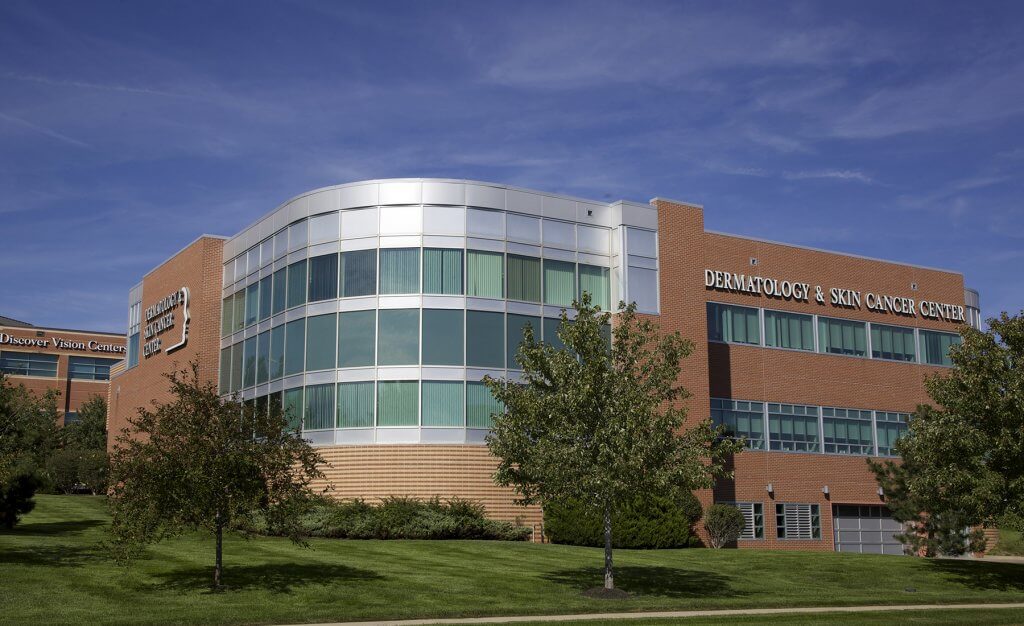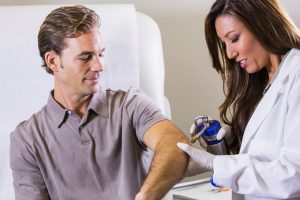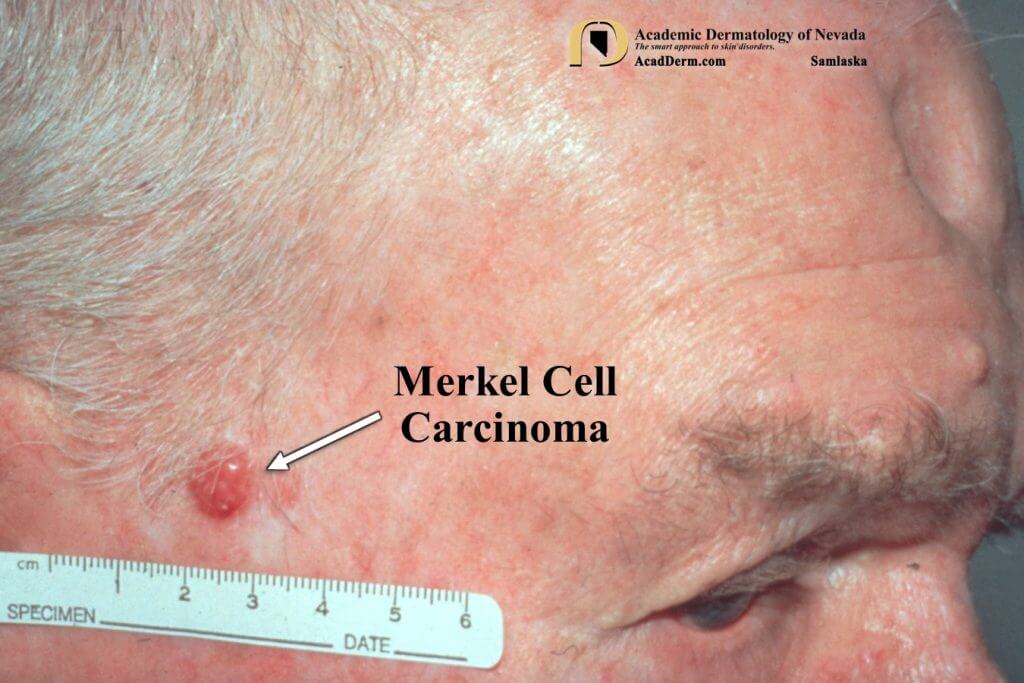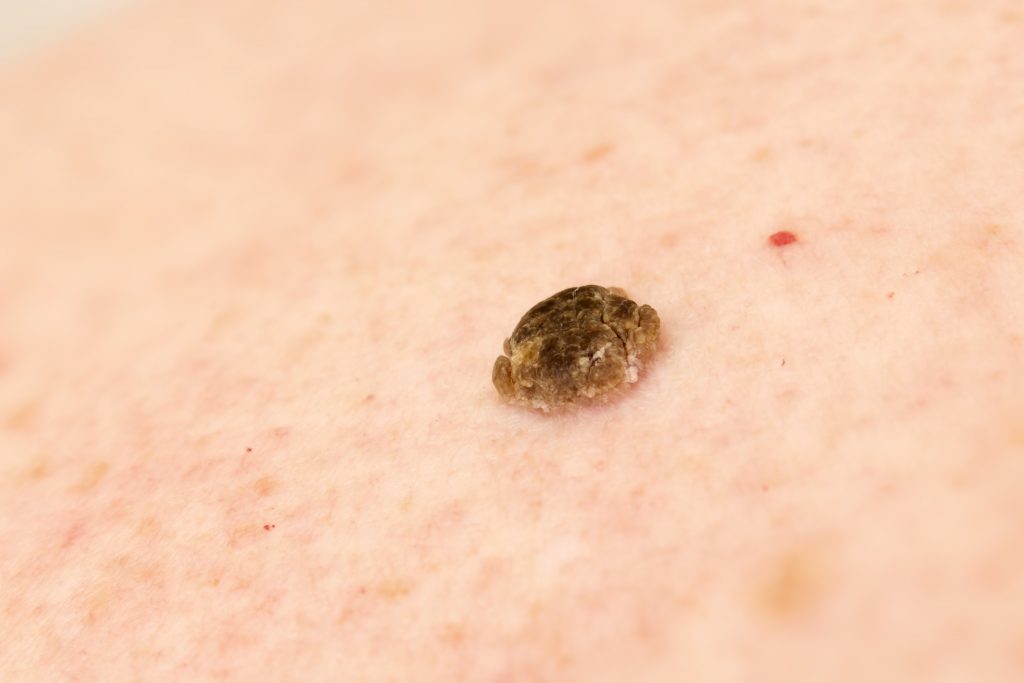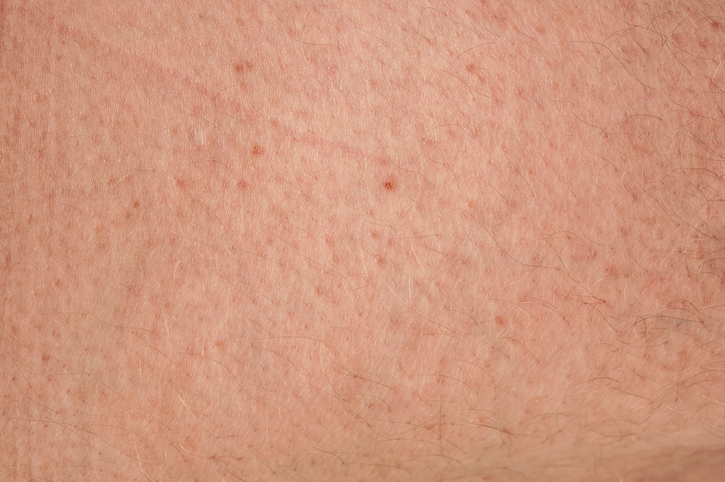Dr. Karen Neubauer, a board-certified dermatologist, earned her medical degree at Kirksville College of Osteopathic Medicine. She received training in internal medicine and completed her residency in dermatology at Deaconess Medical Center in West St. Louis, Missouri. She completed her Mohs fellowship in Kansas City in July 2008. Dr. Neubauer specializes in general and cosmetic dermatology and Mohs micrographic surgery. She also performs laser surgery.
Dr. Karen Neubauer is a diplomate of the American Osteopathic Board of Dermatology and is a member of the American Academy of Dermatology, the American Osteopathic College of Dermatology, the Kansas City Dermatologic Society and the American College of Mohs Surgery.
Dr. Karen Neubauer has a full-time practice in Leawood, Kansas.
Specialties and Affiliations
- American Osteopathic Board of Dermatology
- American Academy of Dermatology
- American Osteopathic College of Dermatology
- Kansas City Dermatologic Society
- American College of Mohs Surgery



